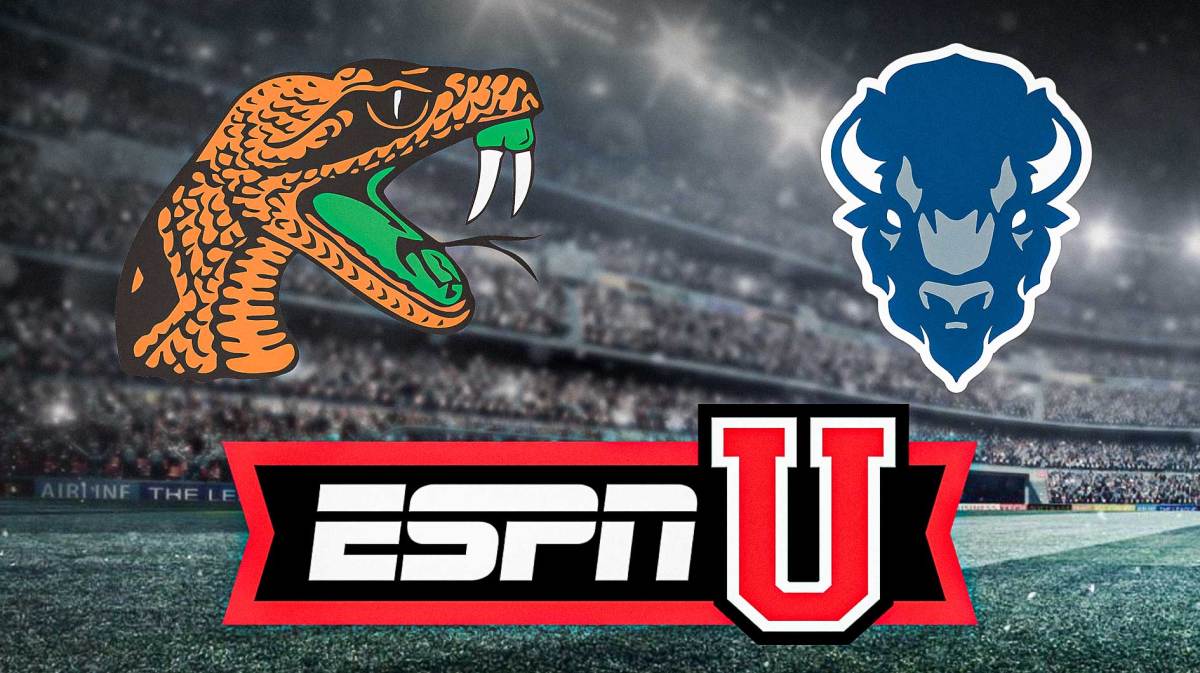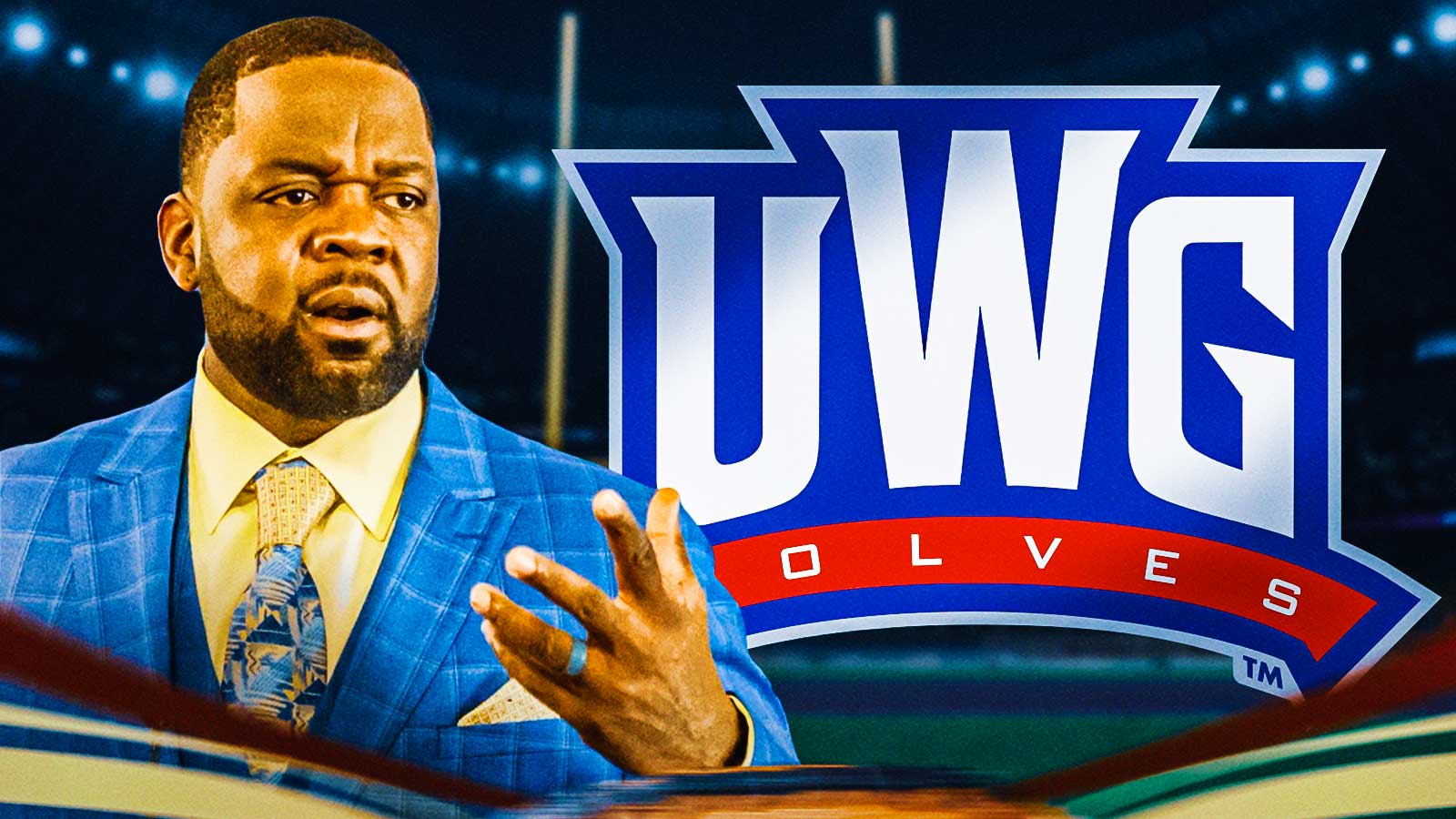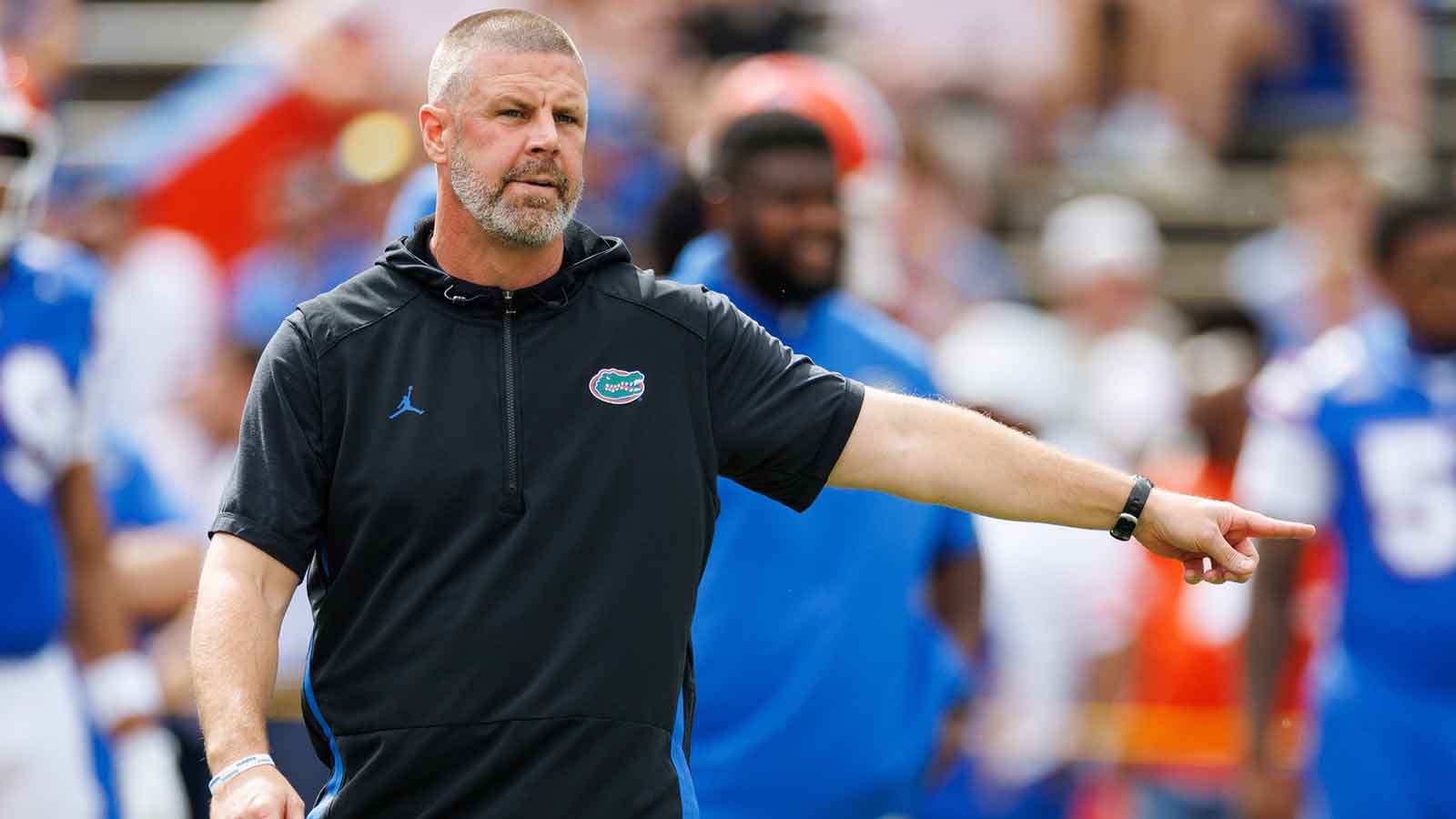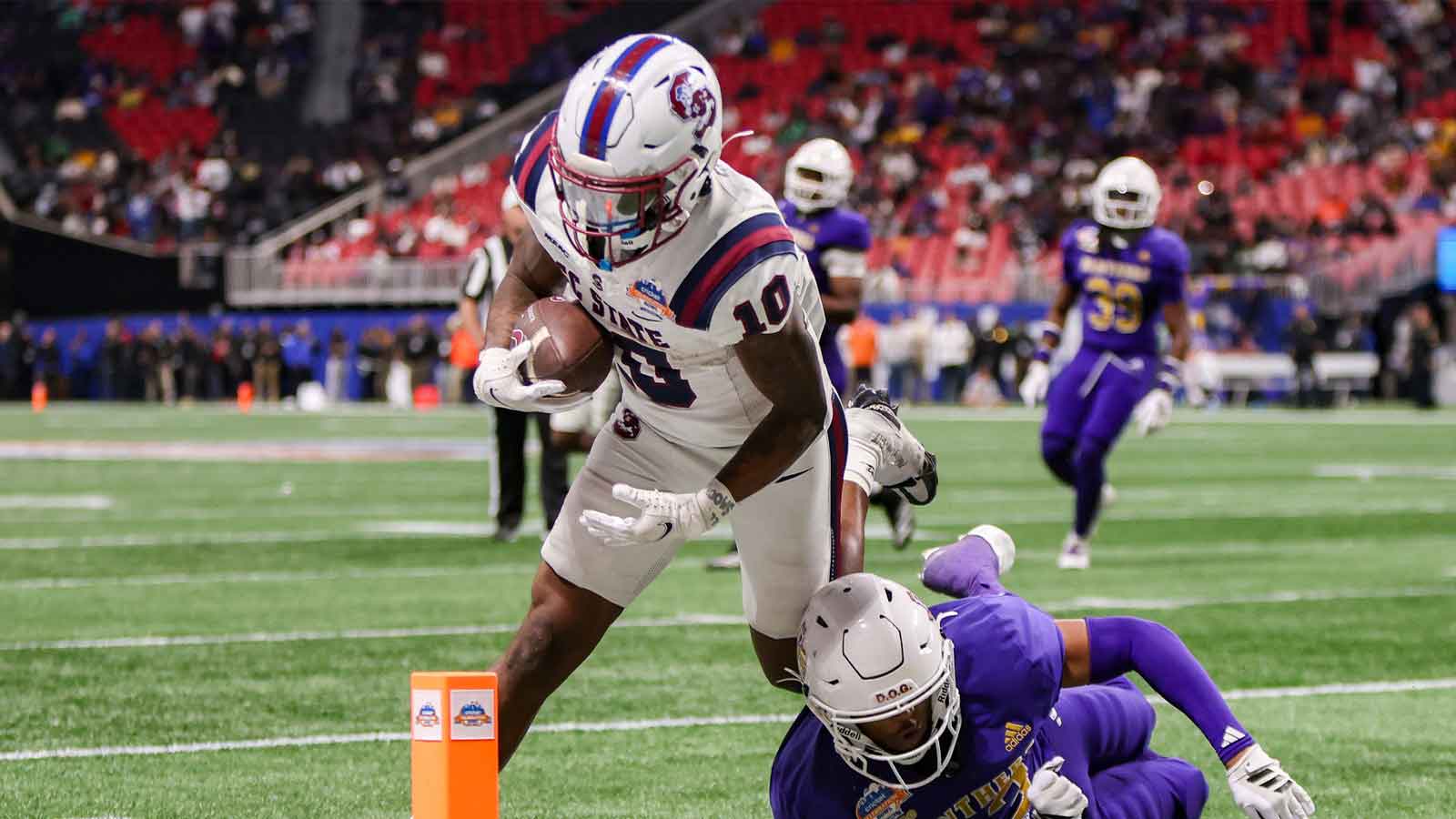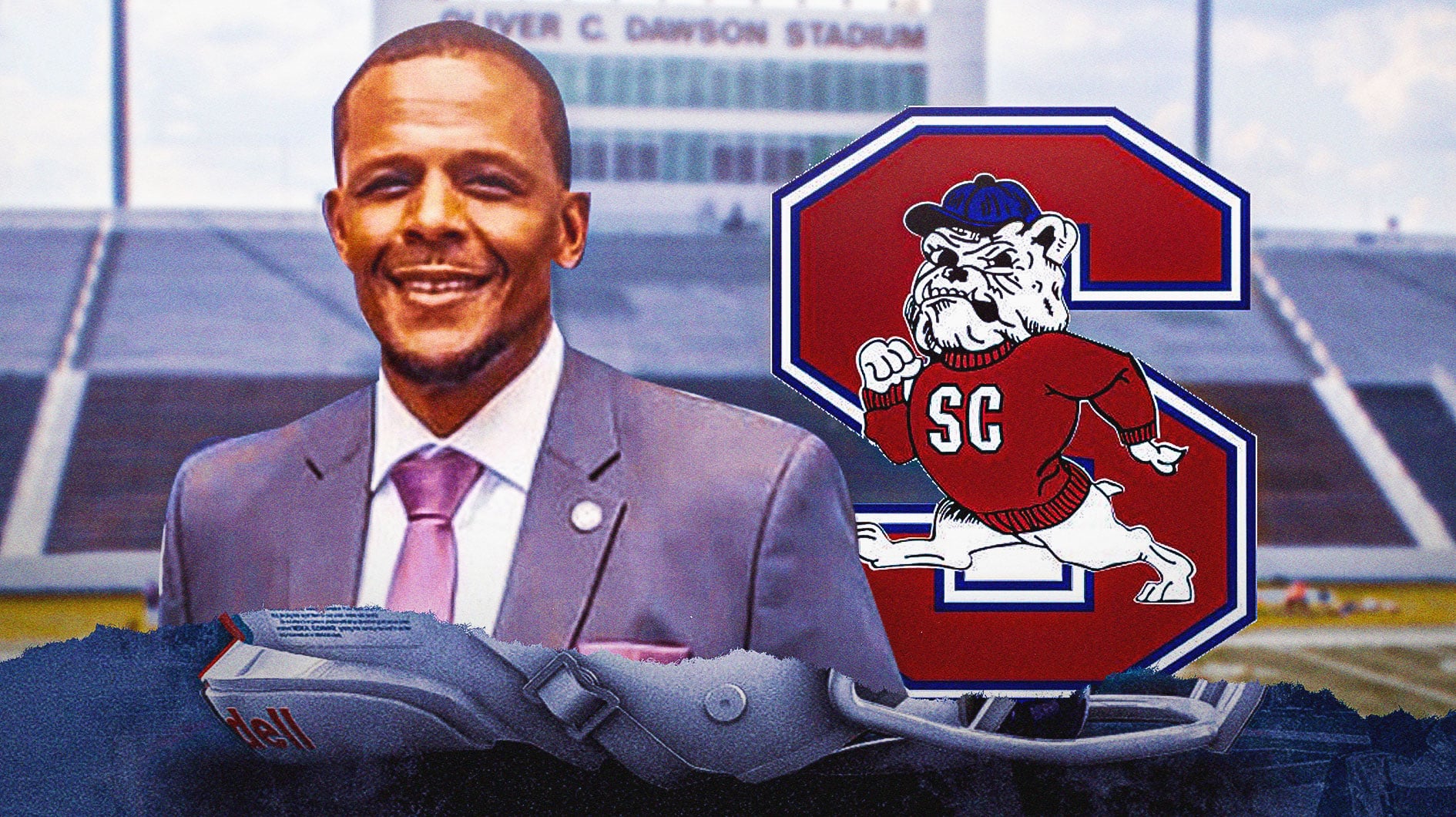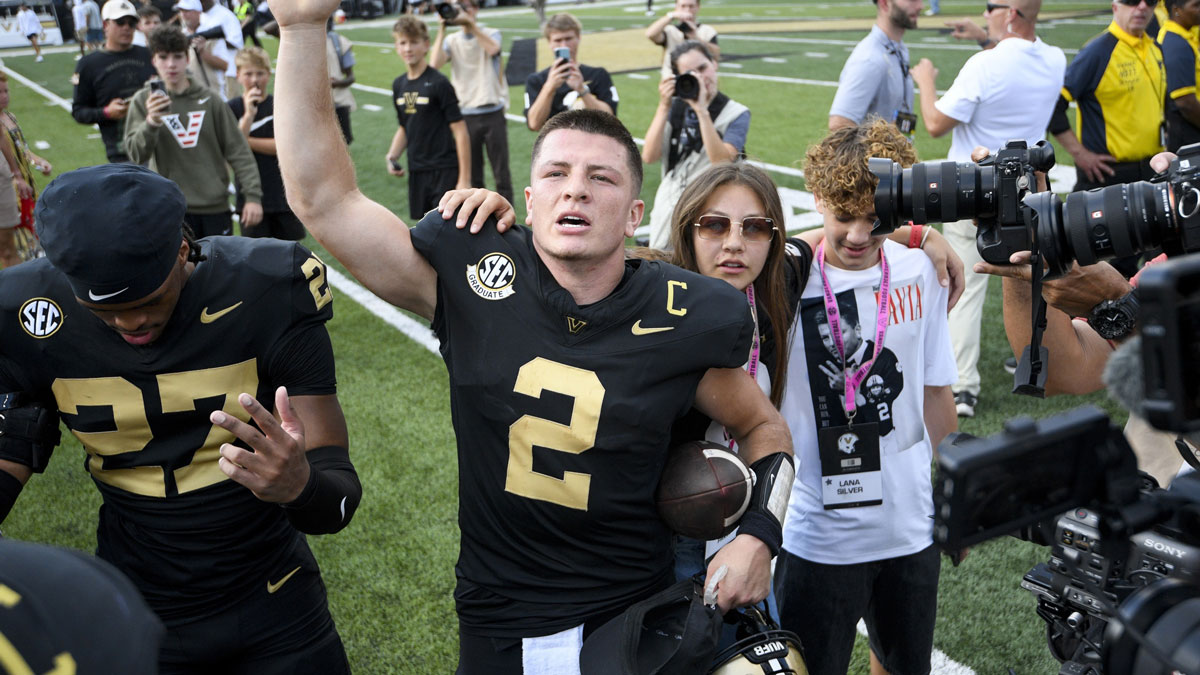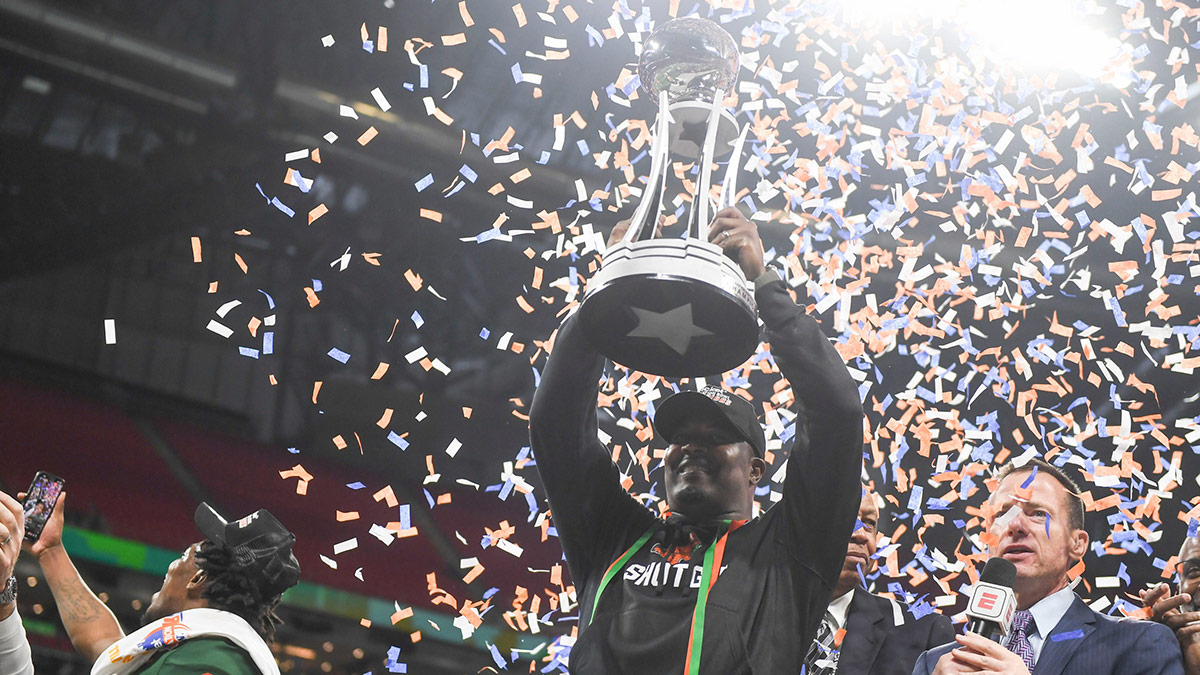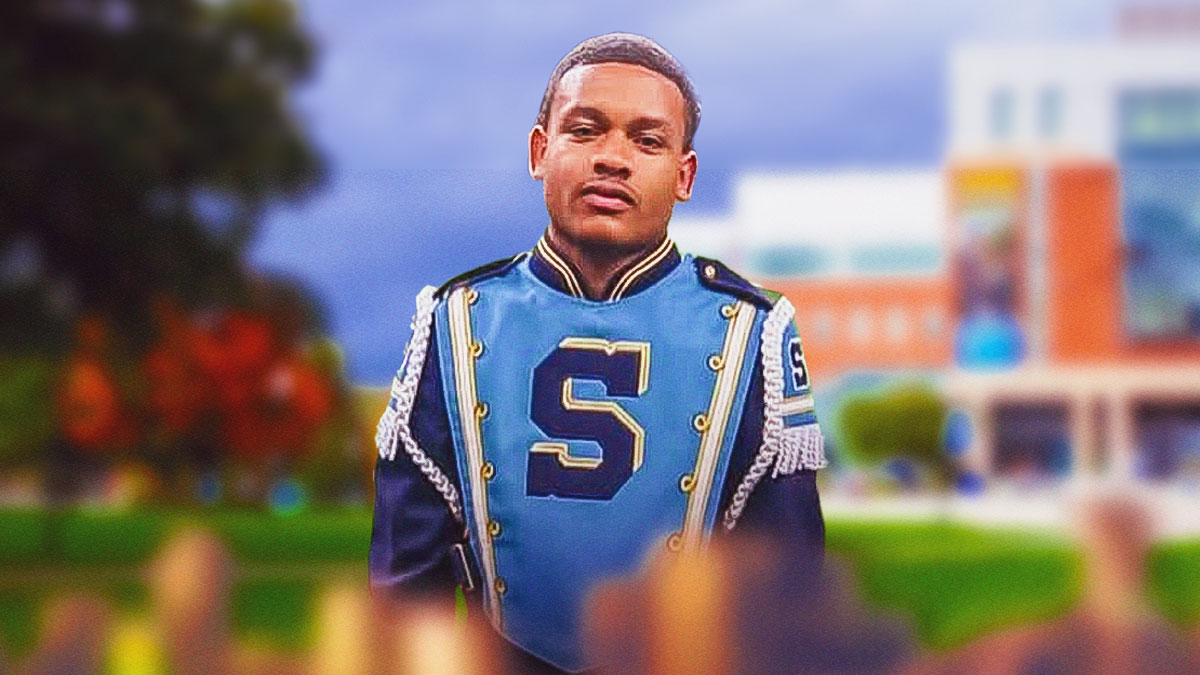It's always funny when I see people talk about television ratings, especially sports TV ratings. For the past few months, the NBA social media fandom has been obsessing over the rise and fall of NBA TV ratings relative to the matchups that are shown. A lot of people are using the ratings to say that the NBA is in decline because of the style of play or the lack of intensity and things of that sort. A lot of people don't understand how to look at ratings, and we see it often in NBA conversations.
The NBA is gearing up to star a multi-year, multi-billion-dollar media rights deal that expands their reach across multiple platforms. This deal includes two broadcast TV windows, their traditional cable games, and now two streaming platforms—Prime Video and Peacock—allowing them to showcase their games at scale. So, my argument has always been that the NBA is just fine.
The NBA serves as an excellent model for HBCU athletics, especially HBCU football, when it comes to effectively managing media rights. Leveraging sports media rights can provide a significant financial boost to support athletic department expenses and help HBCUs stay competitive in the constantly evolving world of college athletics.
I believe media rights can play a key role in growing the fandom around HBCU culture. As we know, HBCU football isn’t just about the game on the field. It’s the entire cultural experience that makes it special. It’s the energy of the student sections, the chants, and the passion they bring. It’s the bands performing during the zero quarter, halftime, and fifth quarter. It’s the tailgates, the Greek life, and the alumni returning to reconnect. It's the history of our institutions and programs, often unknown to those not deeply involved with them.
HBCU football is an excellent product for TV and streaming that has the potential to generate significant revenue for HBCU conferences and athletic departments. It can also bring much-needed attention and exposure to a broader audience—people who may not be familiar with HBCU football or its unique storylines.
However, we’re not fully capitalizing on the monetary value of our media rights or the large-scale exposure they could provide. This is largely because we've been locked into outdated contracts that limit our ability to leverage these opportunities effectively. Our media rights are controlled by entities that view our sport not as a valuable product, but merely as an addition to their streaming services to strengthen their branding position of dominance in the sports industry.
This conversation isn’t new—it's been ongoing in HBCU spaces across the nation for the past few years. I’m highlighting it now because of my disappointment in the information we received earlier this week about the broadcast information for the 2025 Invesco QQQ Orange Blossom Classic.
The Orange Blossom Classic came back in 2021 after a decades's long hiatus and has been one of te most anticipated games on the HBCU football calendar. The game featured Jackson State and Florida A&M for three seasons. Two of those seasons, Deion Sanders was the coach for Jackson State during those matchups.
In the 2022 season, reigning Heisman Trophy Winner Travis Hunter played his first college football game in the Orange Blossom Classic, which was broadcasted on ESPN2 and garned over 900,000 viewers. Although Deion Sanders left Jackson State after the 2022 season, the Jackson State vs. FAMU matchup remained highly anticipated and continued to draw audience interest. Even without Jackson State or FAMU in the spotlight, fans were still eager to watch teams like North Carolina Central and Alabama State compete in the 2024 Orange Blossom Classic.
The Sunday afternoon spot on Labor Day weekend gave it prime real estate: unimpeded by other college football matchups and facing no competition from the NFL. Plus, you can capture the attention of sports fans on a holiday weekend—whether they’re at an after-church cookout, dining at a restaurant with family and friends, or relaxing at home deciding what to watch next.
This year’s Orange Blossom Classic brings an exciting rematch of the 2023 Celebration Bowl, with Florida A&M taking on Howard University in Miami. But, instead of the game being on either ESPN or ESPN2 for the fifth straight year, the game has been moved from Sunday of Labor Day weekend to Saturday and will now air on ESPNU, which we've seen is the place that HBCU football viewership goes to die.
Over the past few seasons, several games aired on ESPNU have struggled with poor viewership numbers. Additionally, there have been numerous social media queries about where these games were being streamed, as many people don’t have access to ESPNU through their cable or streaming plans.
was disappointed to learn that an Orange Blossom Classic, featuring two of the biggest brands in HBCU football, is being relegated to ESPNU. While the game will still air on an ESPN platform and be available digitally via ESPN+, it loses the chance to attract casual sports fans who typically tune into ESPN or ESPN2 to see what's on. By being moved to ESPNU, the game loses visibility and the opportunity to engage a broader audience.
I understand the reasoning behind it and what Kendra Bulluck-Major, Executive Director of the Orange Blossom Classic, explained in her statement to HBCU Legends about ensuring the game doesn’t compete with the LSU vs. Clemson matchup.
“It's an hour later than our usual start time,” Bulluck-Major told HBCU Legends. “We're still on linear TV, and we've got an hour later kick-off, we're happy with it. The viewership is still good. I think we are the main thing is to have us in a time slot where we're not competing against too many featured matchups. Coming on before LSU and Clemson is great.”
In an interview with ClutchPoints in 2024, Majors detailed the Classic's working relationship with ESPN to televise the game.
“ESPN really understands the value, I believe, of amplifying the HBCU space and the HBCU culture, and specifically HBCU football,” Bulluck-Major said. “Having that partnership gives our student-athletes a chance to have exposure that they may not have otherwise. Two years, we were featured on ESPN2; year three, they moved us up to ESPN to the main network, and year four will continue to be on the ESPN main network. The fact that we've been able to not only maintain that relationship, but continue to extend that partnership and then at the same time keep that viewership where they're pleased enough to say we're going to keep on you on the main network, I think speaks a lot about not only the product we put out, but the institutions that we select to be a part of this game.”
Context is important in every situation, and I’m sure there are other rational reasons behind this decision. However, this further highlights why many HBCU supporters and advocates have been skeptical of ESPN and its approach to leveraging HBCU media rights in recent years. The Celebration Bowl airs on ABC as the first bowl game of the season, and the MEAC/SWAC Challenge has also been on ABC in recent years. However, many top HBCU games in the fall are stuck behind a paywall on ESPN+, which I don’t think is the best platform for them.
While there’s value in having HBCU football, basketball, and other events available on digital platforms—especially with on-demand viewing—it’s important to consider the bigger picture. The best HBCU football games, like FAMU vs. Howard, should be broadcast on cable or network TV with appropriate circulation to maximize their exposure and advertising revenue potential.
HBCU athletic departments and conferences should take inspiration from the NBA's approach to media rights, where they split their coverage across ESPN/ABC, NBC/Peacock, and Prime Video. This strategy increases exposure, encourages these platforms to actively promote the product, and meets consumers where they already are.
Looking ahead, HBCU athletic departments and conferences need to be strategic with their media rights. They should avoid granting a single entity control over the majority of their games, ensuring a broader reach and better opportunities for promotion.
They should evaluate their game package, break it up, and bring in additional media partners who can boost revenue through advertising while still broadcasting the games at scale. This would help grow interest and viewership, which could lead to increased attendance, higher merchandise sales and even a surge in interested potential students, as the athletic events are weekly billboards for your institution.
And it's been long past time to engage with other potential media rights partners to see if they would want to get into the HBCU business. Speaking of the NBA, TNT is prepared to move into their post-NBA era in the next couple of days and they're looking to fill their schedule with more sports products.
They aren't strangers to HBCU athletics as they broadcast the Invesco QQQ Legacy Classic and CP3 HBCU Challenge, two amazing HBCU basketball events. Have we considered reaching out to discuss the possibility of them becoming a media partner? If not, it might be worth starting that conversation.
What about taking advantage of the rise of the FAST Channel (or Free Ad-Supported Streaming TV) space. It's growing it's market share in the media space and currently only HBCU GO/The Grio broadcast HBCU content via this new digital media platform. FAST Channel distribution is available via Tubi, The Roku Channel and other comparable platforms.
Why don't HBCU athletic departments leverage their content libraries as well as their live sports rights to explore this medium. We see the ACC do this with the ACC Digital Network. If FAST Channel distribution was good enough to broadcast Super Bowl LIX, it would be perfect to broadcast HBCU athletics and be a good way to make money and grow audience reach.
These aren't the only two answers and, again, this isn't a new conversation. But I believe that a game the magnitude of Florida A&M and Howard University, as well as a classic as prestigious as the Orange Blossom Classic being moved to ESPNU should be a wake up call for our HBCU athletics decision makers to be more judicious in how we utilize our media rights.
We're leaving money on the table and are missing a tremendous opportunity to truly take our sport to the next level.

